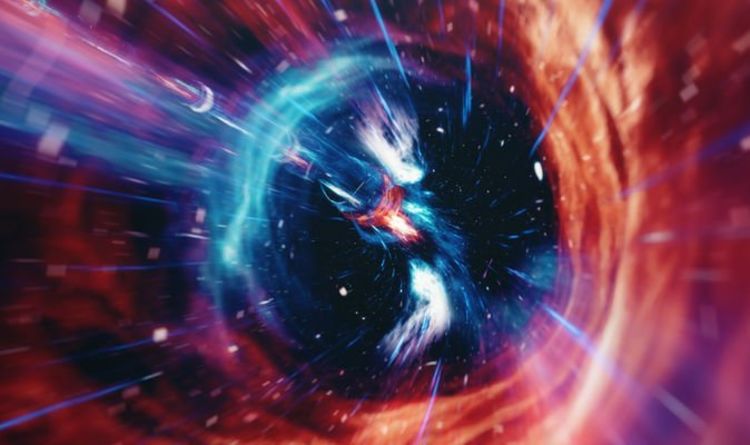Click on photo to start video.
The Mars Homes That NASA Awarded $500k
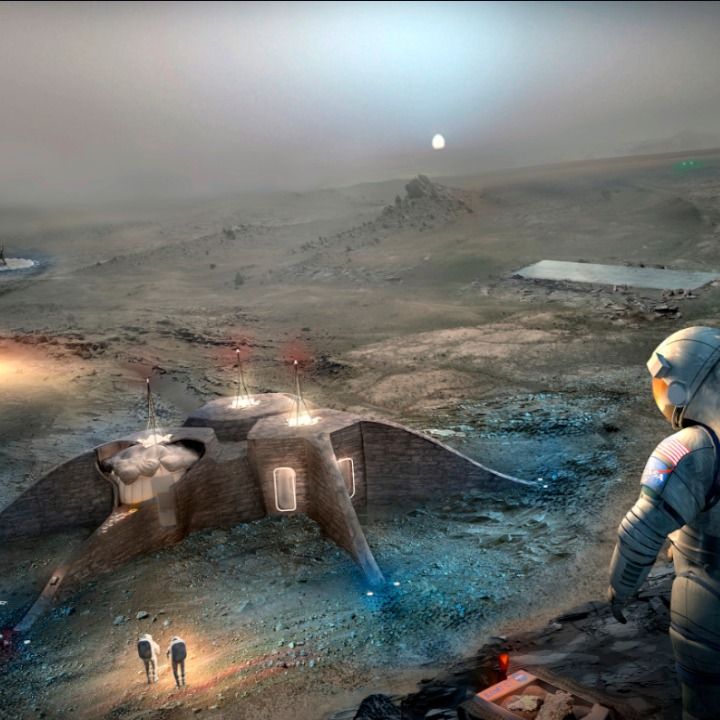
Three multinational crewmembers blasted off to the space station today aboard their Soyuz rocket. They will reach their docking port in less than six hours today. https://go.nasa.gov/2ncC1TC

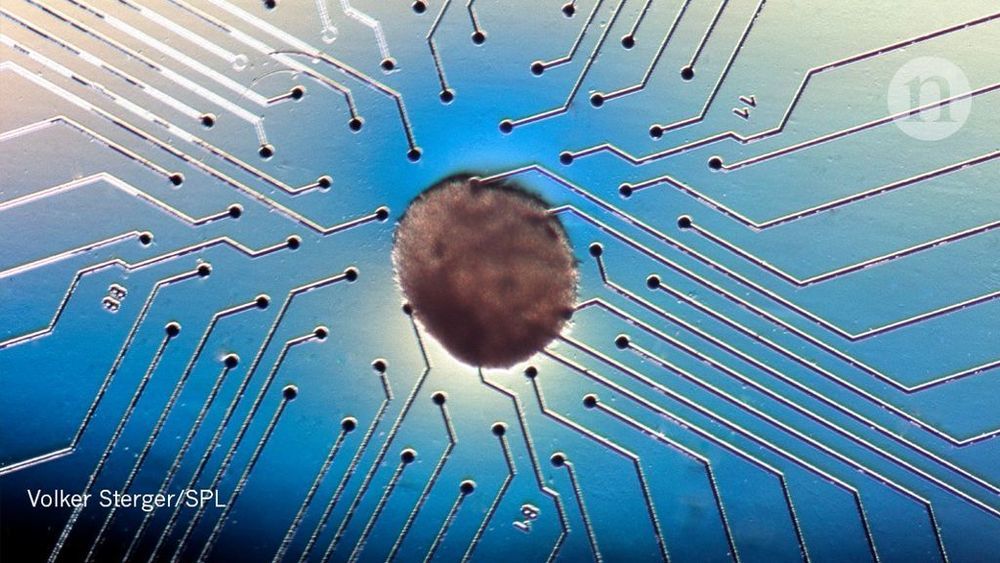
Japan’s attractiveness to regenerative-medicine entrepreneurs is prompting other countries to look closely at its regulatory changes. There is undoubtedly a competition under way, and unless something is done, it risks becoming a race to the bottom.
Japan helped to bring stem-cell technology to the world. Its regulatory policies threaten its hard-won reputation.

Organic photovoltaic (OPV) cells, a third-generation solar cell technology that can convert solar energy into electricity, have been found to be more efficient than silicon cells under low light intensity indoor LED illumination. These cells have also shown great potential for powering low consumption, off-the grid electronics in indoor environments.
Despite their huge potential, the power conversion efficiency of OPV cells is currently limited by substantial losses in their open-circuit voltage. In addition, past studies suggest that when used for indoor illumination their absorption spectrum is far from optimal.
In a quest to overcome these limitations, a team of researchers at the Chinese Academy of Sciences in China and Linköping University in Sweden have recently designed a non-fullerene acceptor for that could enable high-performance organic photovoltaic cells for indoor applications. This new acceptor, presented in a paper published in Nature Energy, can be blended with a polymer donor to obtain a photoactive layer with an absorption spectrum that matches that of indoor light sources.
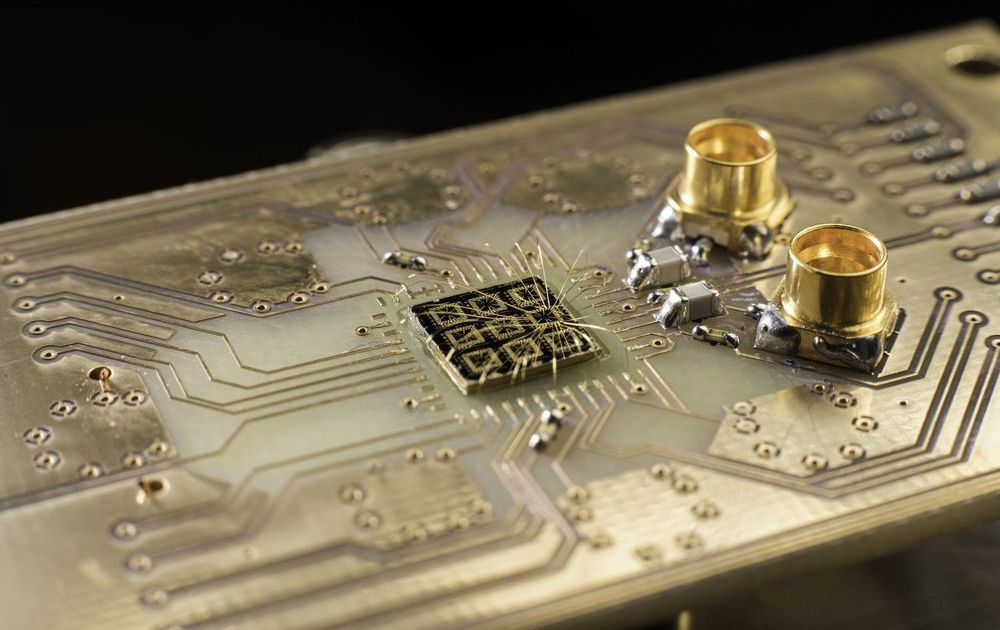
Quantum computing has the potential to revolutionize technology, medicine, and science by providing faster and more efficient processors, sensors, and communication devices.
But transferring information and correcting errors within a quantum system remains a challenge to making effective quantum computers.
In a paper in the journal Nature, researchers from Purdue University and the University of Rochester, including John Nichol, an assistant professor of physics, and Rochester Ph.D. students Yadav P. Kandel and Haifeng Qiao, demonstrate their method of relaying information by transferring the state of electrons. The research brings scientists one step closer to creating fully functional quantum computers and is the latest example of Rochester’s initiative to better understand quantum behavior and develop novel quantum systems. The University recently received a $4 million grant from the Department of Energy to explore quantum materials.
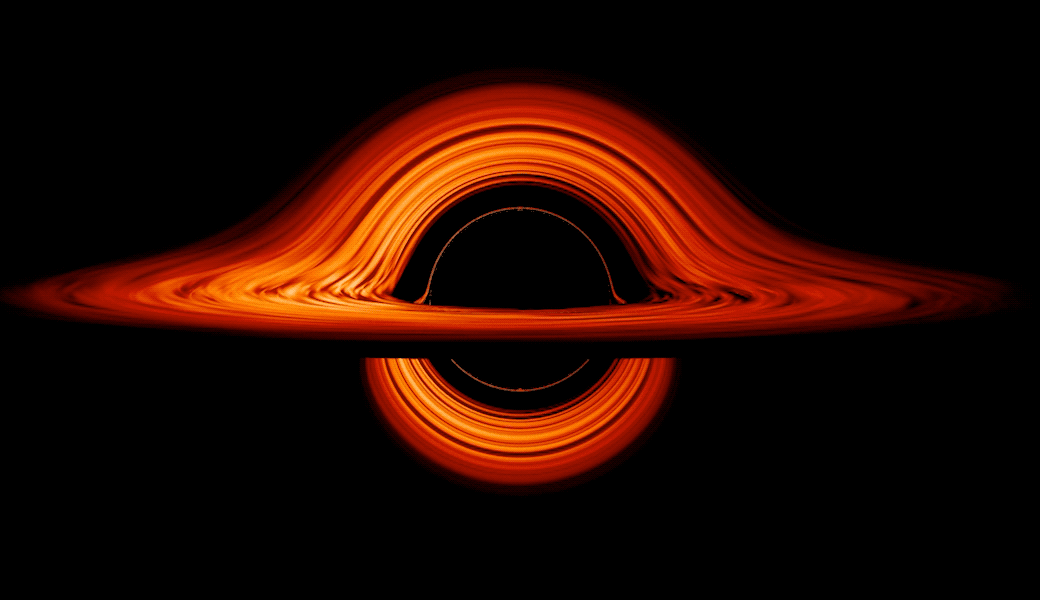
This new visualization of a black hole illustrates how its gravity distorts our view, warping its surroundings as if seen in a carnival mirror. The visualization simulates the appearance of a black hole where infalling matter has collected into a thin, hot structure called an accretion disk. The black hole’s extreme gravity skews light emitted by different regions of the disk, producing the misshapen appearance.
Bright knots constantly form and dissipate in the disk as magnetic fields wind and twist through the churning gas. Nearest the black hole, the gas orbits at close to the speed of light, while the outer portions spin a bit more slowly. This difference stretches and shears the bright knots, producing light and dark lanes in the disk.
Viewed from the side, the disk looks brighter on the left than it does on the right. Glowing gas on the left side of the disk moves toward us so fast that the effects of Einstein’s relativity give it a boost in brightness; the opposite happens on the right side, where gas moving away us becomes slightly dimmer. This asymmetry disappears when we see the disk exactly face on because, from that perspective, none of the material is moving along our line of sight.
